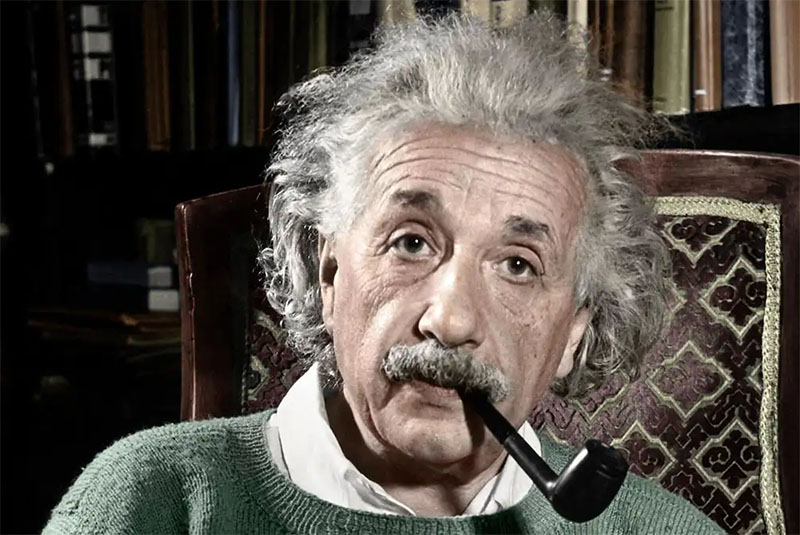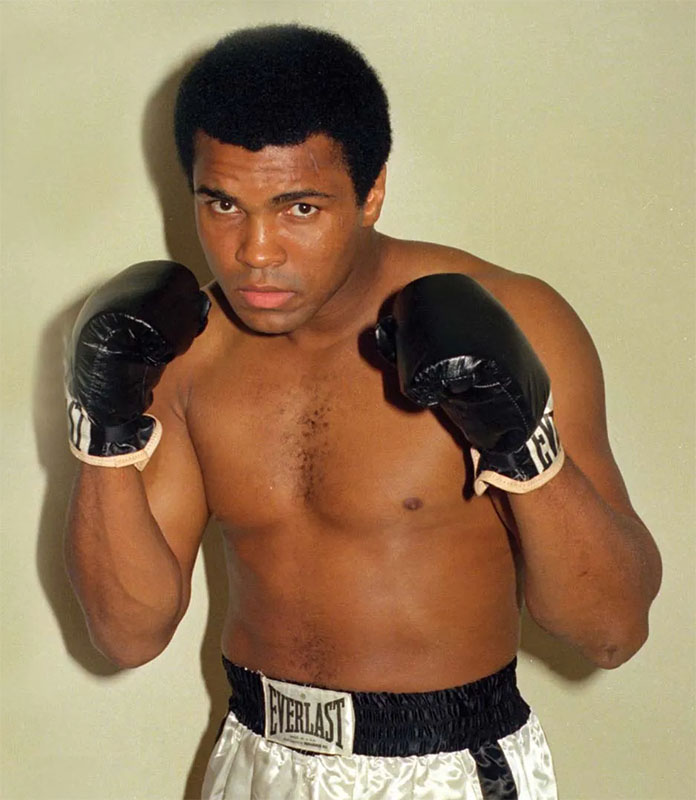by James Bird
Deputy Secretary | Disabled Police Association

As part of UK Disability History Month, I wanted to turn the attention onto the often overlooked but profoundly impactful contributions of neurodiversity, in particular dyslexic people throughout history.
Dyslexia, often seen just as a reading difficulty, carries with it an extraordinary strength: the ability to think in three dimensions. This unique cognitive wiring has shaped our world through the revolutionary ideas and innovations of dyslexic minds.
Throughout history, individuals who ‘think differently’ have propelled innovation forward, and their stories reveal the transformative power of dyslexic thinking.
The unseen legacy of dyslexic innovators
For centuries, dyslexic people have faced immense challenges, from a lack of understanding about their differences to societal structures that cater to direct, language-based thinking.
Yet, despite these barriers, dyslexic thinkers have given the world some of the most profound breakthroughs in science, art, and technology, driven by their exceptional visual-spatial reasoning, and an ability to perceive complex relationships between ideas in ways that others cannot.
By using this visualisation to rehearse and imagine success, it gives them an enhanced focus and confidence by picturing themselves achieving these goals.
There are so many incredible, ground-breaking people I could’ve chosen from, but I had to narrow it down, so here are the ones I personally selected.
Albert Einstein: the physics revolutionary
Albert Einstein, one of the most celebrated scientific minds of the 20th century, had a learning profile often associated with dyslexia. As a child, he struggled with traditional schooling, delayed speech, and difficulty with repetitive memorisation. But his mind was a powerhouse of imagination and three-dimensional visualisation. Einstein described his thought process as deeply intuitive, relying on images rather than words.

This ability to conceptualise abstract theories visually was crucial in developing his theory of relativity, which forever altered our understanding of time and space. Einstein’s visual thinking enabled him to perceive the universe in ways that others couldn’t fathom, proving that the very traits labelled as shortcomings in childhood became the start of a scientific revolution.
Pablo Picasso: master of artistic perception
Art history offers another vivid example of dyslexic brilliance: Pablo Picasso. The Spanish painter and sculptor, considered one of the most influential artists of the 20th century, revolutionised the art world with Cubism. This radical movement broke objects down into geometric shapes, presenting them from multiple perspectives simultaneously. Picasso’s art demonstrated an unusual grasp of three-dimensionality, as he reconstructed how people saw and experienced the world.
His dyslexic mind allowed him to think in shapes and forms rather than in linguistic terms, which directly influenced his ground-breaking artistic techniques. While others perceived reality in flat, conventional ways, Picasso’s neurodivergent brain deconstructed and reimagined it, shifting our entire understanding of visual art.
Salvador Dalí: surrealism and the dyslexic dreamscape
Another giant of artistic innovation, Salvador Dalí, exhibited the signs of dyslexia, evident in his eccentric and highly visual approach to the surreal. Dalí’s paintings, infused with dreamlike distortions and impossible landscapes, captured the fluidity of thought and imagination that dyslexic individuals often experience. He had an extraordinary ability to render vivid, multi-layered scenes that defied logic but communicated profound emotional truths.
Dalí’s dyslexia may have contributed to his surrealist vision, allowing him to connect unequal ideas in ways that others found bewildering but mesmerising. His masterpieces, from ‘The Persistence of Memory’ with its melting clocks to other iconic dreamscapes, revealed the depths of his spatial thinking and his gift for turning intangible concepts into unforgettable visual experiences.
Muhammad Ali: champion of visualisation
Muhammad Ali, one of the greatest boxers in history, was not just a master in the ring but also a master of his own mind. Growing up with undiagnosed dyslexia, Ali struggled academically, often feeling the stigma of being labelled slow or unteachable. Yet, his neurodivergent brain gave him a unique edge: a powerful ability to visualise his success and his strategies vividly. Ali’s dyslexia likely contributed to his exceptional spatial awareness and the way he could mentally rehearse fights, seeing each movement and outcome with striking clarity.

This skill of mental visualisation became one of his most potent weapons. Ali would famously predict his victories in poetic terms, seeing himself defeating his opponents in detail, long before he stepped into the ring. His pre-fight visualisations, combined with his unconventional footwork and fight tactics, allowed him to anticipate and adapt to his opponents’ moves in real time. Ali’s story demonstrates how dyslexic strengths, like vivid imagination and spatial thinking, can fuel extraordinary accomplishments, changing struggles into sources of greatness.
The Wright Brothers: pioneers of flight
The Wright brothers, Orville and Wilbur, changed the world with the first successful airplane, and their dyslexic thinking played a pivotal role in this achievement. Struggling with traditional education, they developed exceptional visual-spatial skills, which enabled them to intuitively understand mechanics and aerodynamics. Instead of relying solely on theoretical models, they closely observed the flight patterns of birds and experimented relentlessly, visualising the complexities of flight in three dimensions.
Their breakthrough came with the invention of the three-axis control system: pitch, roll, and yaw, allowing for stable and controlled flight. This innovation laid the groundwork for all future aircraft designs. The Wright brothers’ ability to think dynamically and spatially, combined with their determination, exemplifies how neurodivergent minds can revolutionise entire fields and make the seemingly impossible a reality.
The power of thinking differently
It is not just in art, science, and sports, that dyslexic thinking has changed the world. Thomas Edison, whose dyslexic brain sparked the invention of the light bulb and phonograph, was able to see failure as a series of learning steps, applying his visual-spatial reasoning to experiment creatively. Likewise, Henry Ford revolutionised manufacturing through his assembly line – another innovation embedded in simplifying complex systems into efficient, visually intuitive processes.

In modern times, dyslexic entrepreneurs like Richard Branson and Steve Jobs continued this legacy. Jobs, known for his ability to envision ground-breaking technology, once said: “Creativity is just connecting things.” His dyslexic mind made those connections in ways that others couldn’t, giving birth to the Apple system that has reshaped our digital world.
Why celebrating dyslexic innovators matters
Disability History Month provides an opportunity to celebrate how neurodiversity fuels human progress. Dyslexic individuals are often natural-born innovators, problem-solvers, and creative visionaries. Their three-dimensional thinking drives them to break boundaries, challenge conventions, and bring fresh perspectives to the most complex challenges.
We have much to gain from recognising and nurturing neurodivergent strengths. When given the right tools and environments, dyslexic thinkers can reach their full potential and continue to make world-changing impacts.
The story of dyslexic innovation is testament to the strength of thinking differently.
From Einstein’s universe-altering theories to Picasso’s art that reshaped our visual world, dyslexic individuals continue to illuminate the power of diverse cognitive styles. ∎
